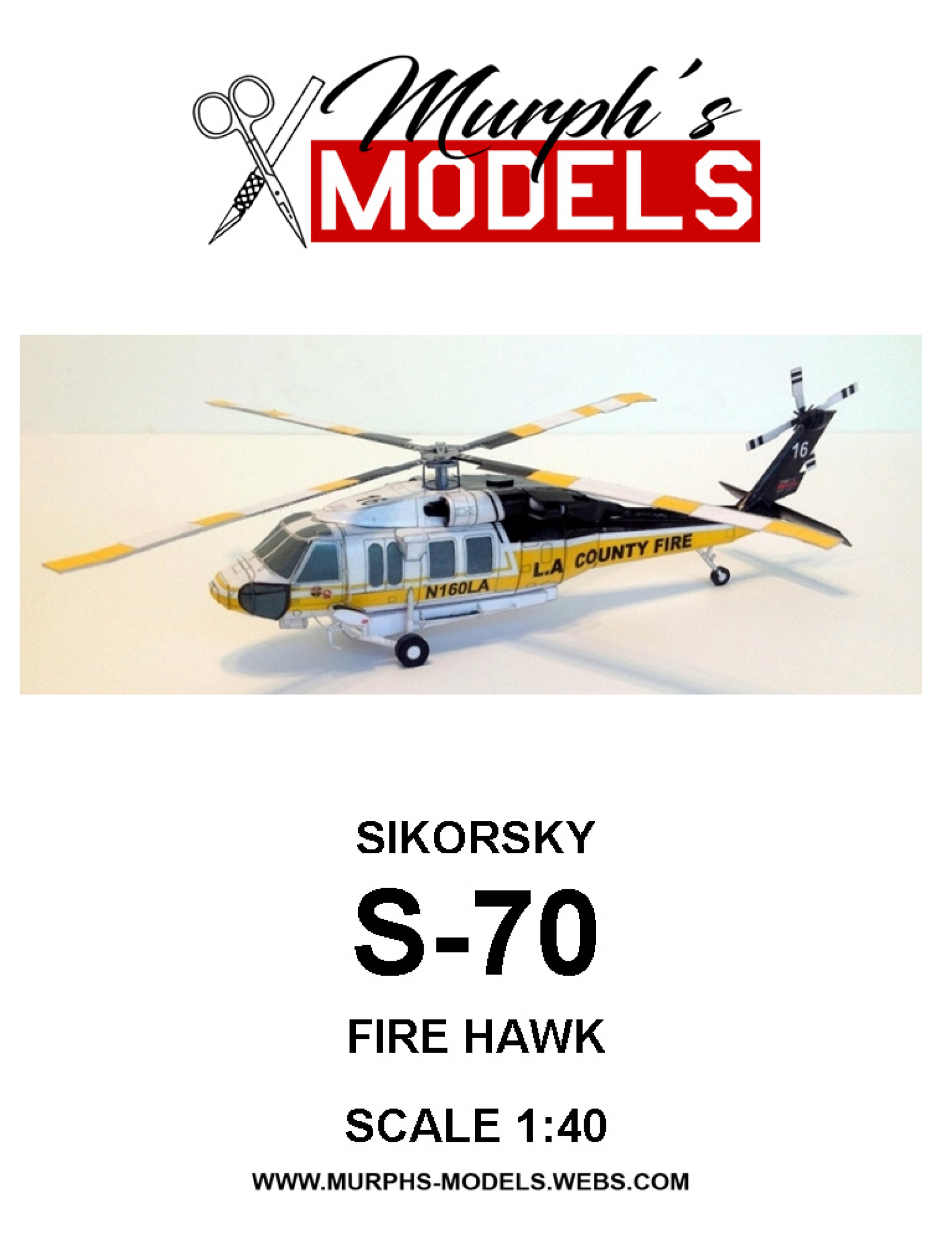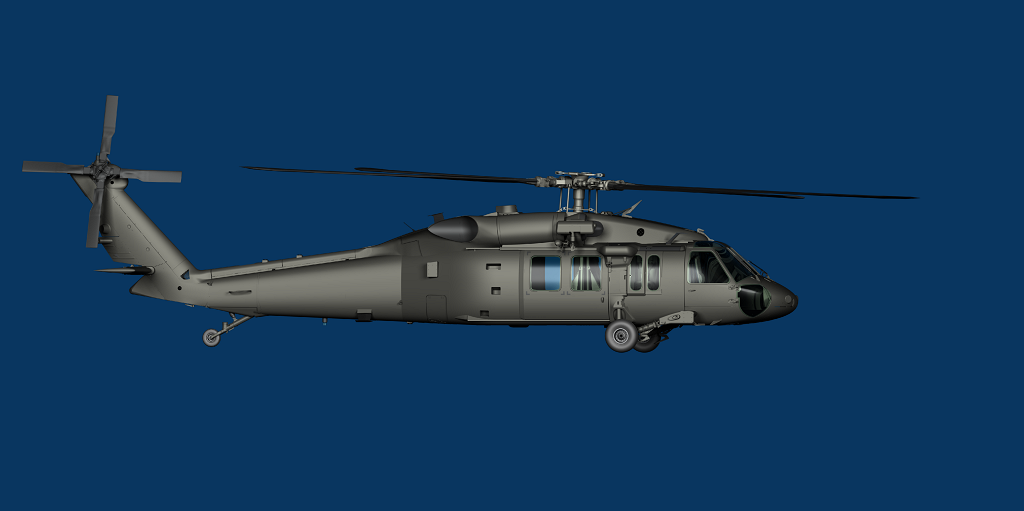Checking out the Capabilities of the Sikorsky S 70: A Detailed Evaluation
Checking out the Capabilities of the Sikorsky S 70: A Detailed Evaluation
Blog Article
High-Performance Multi-Role Rotorcraft Featuring Advanced Cabin Technologies and Integrated Sensor Solutions
The realm of rotorcraft innovation has seen significant innovations in recent times, especially in the world of high-performance multi-role rotorcraft outfitted with advanced cabin modern technologies and flawlessly incorporated sensor systems. These technologies have not just boosted the functional abilities of rotorcraft however have additionally substantially influenced modern aviation procedures on various fronts. From boosted objective flexibility to enhanced operational performance, the convergence of sophisticated cabin innovations and integrated sensor systems has actually ushered in a new age of possibilities for rotorcraft applications. In the adhering to discussion, we will discover the development of rotorcraft technology, delve right into the realm of innovative cockpit innovations, and check out the effects of integrated sensing unit systems on the operational convenience and effectiveness of modern rotorcraft.
Development of Rotorcraft Technology
The development of rotorcraft modern technology has actually been marked by considerable innovations in the rules of aerodynamics, materials, and propulsion systems, shaping the abilities and efficiency of modern-day rotorcraft. Aerodynamic enhancements have actually boosted the efficiency and maneuverability of rotorcraft, permitting for increased speed, dexterity, and security throughout trip (sikorsky s 70). Developments in materials, such as the usage of composite products and progressed alloys, have led to lighter yet more powerful rotorcraft structures, improving general efficiency and toughness. In addition, developments in propulsion systems, consisting of more powerful engines and cutting-edge propulsion modern technologies, have enabled rotorcraft to accomplish greater elevations, faster speeds, and higher hauls.
These innovations have not only transformed the capacities of rotorcraft however have additionally broadened their applications across numerous industries, including army, industrial, and emergency solutions. The continual development of rotorcraft technology proceeds to drive technology in the area, pushing the borders of what is possible and shaping the future of vertical flight.
Advanced Cockpit Innovations
Building upon the foundational innovations in the rules of aerodynamics, materials, and propulsion systems, the world of rotorcraft modern technology now changes emphasis towards pioneering Advanced Cockpit Innovations. The assimilation of sophisticated technologies within the cabin atmosphere plays an essential role in boosting the functional abilities, safety, and performance of modern-day rotorcraft. sikorsky s 70. Advanced Cockpit Innovations include a wide selection of features made to supply pilots with enhanced situational awareness, structured data monitoring, and intuitive control interfaces
One of the key improvements in cabin design is the application of glass cockpits, which replace standard analog evaluates with high-resolution displays. These digital systems provide personalized designs, real-time data integration, and improved readability, allowing pilots to accessibility critical info at a look. Furthermore, advanced avionics systems, such as fly-by-wire controls and augmented truth screens, are transforming just how pilots communicate with the aircraft, permitting exact control and boosted decision-making capabilities.


Including advanced cockpit advancements not only enhances pilot efficiency yet additionally adds to overall goal performance and safety and security in complicated functional atmospheres. By leveraging cutting edge technologies within the cabin, rotorcraft makers are setting new standards for functional excellence and goal success.
Integrated Sensing Unit Equipments
With the development of rotorcraft modern technology, the assimilation of sophisticated Integrated Sensor Equipment has come to be vital in enhancing functional efficiency and security. These Integrated Sensor Equipments encompass a large variety of innovations that give important data for various features such as navigation, monitoring, targeting, and ecological monitoring. By flawlessly integrating sensing units like radars, cameras, lidar, and infrared systems right into rotorcraft, operators can profit from improved situational understanding, improved goal capabilities, and minimized pilot work.
One key benefit of Integrated Sensing unit Systems is their capability to collect real-time data and give workable insights to pilots and mission drivers. Progressed radar systems can detect and track targets over long ranges, allowing for early danger discovery and reliable response planning. Additionally, integrating infrared and electro-optical cameras makes it possible for rotorcraft to perform reconnaissance and surveillance missions with precision and accuracy.
Fundamentally, the combination of sophisticated sensor technologies into rotorcraft not only enhances operational performance yet additionally adds significantly to overall goal success and staff safety. As rotorcraft continue to evolve, the duty of Integrated Sensing unit Equipment will certainly remain at the forefront of advancement in the aerospace sector.
Functional Flexibility and Efficiency
Enhancing functional convenience and effectiveness in rotorcraft is a natural development from the combination of advanced Integrated Sensor Equipments. By leveraging the data and insights given by these sophisticated sensor systems, rotorcraft can maximize their efficiency across various objectives and settings.
Operational versatility includes the capacity of rotorcraft to adapt to different duties and scenarios successfully. like it With sophisticated cockpit modern technologies and incorporated sensor systems, rotorcraft can seamlessly change between jobs such as search and rescue, medical evacuation, security, and much more. This convenience improves the rotorcraft's capability to fulfill diverse functional needs without calling for substantial reconfiguration.
Efficiency in rotorcraft operations is essential for maximizing objective performance and resource use. Integrated sensor systems play an essential role in improving functional efficiency by giving real-time data on climate condition, surface mapping, target monitoring, and more. This data allows pilots to make informed choices promptly, optimize flight courses, preserve fuel, and improve general objective efficiency.
Effect On Modern Aviation Procedures

Furthermore, the assimilation of advanced sensing units promotes improved objective planning and execution, making it possible for rotorcraft to do a variety of tasks with improved accuracy. From search and rescue operations to airborne firefighting and police missions, the capacities of modern rotorcraft furnished with advanced cockpit technologies and incorporated sensor systems are unparalleled.
Furthermore, the influence of these advancements expands past operational effectiveness to cost-effectiveness and sustainability. By enhancing flight paths, gas intake, and maintenance timetables, high-performance rotorcraft geared up with sophisticated cabin modern technologies and sensing units contribute to minimizing functional costs and ecological effect, making them essential assets in modern-day aeronautics procedures.
Verdict
Finally, the high-performance multi-role rotorcraft with innovative cockpit technologies and integrated sensing unit systems stands for a significant evolution in air travel innovation. These technologies enhance operational flexibility and effectiveness, eventually influencing modern-day aeronautics procedures in a favorable method. The combination of these sophisticated innovations enables improved capabilities and performance in various mission circumstances, showcasing the continued innovation of rotorcraft modern technology in the aeronautics market.
The realm of rotorcraft modern technology has actually seen notable developments in recent times, specifically in the realm of high-performance multi-role rotorcraft geared up with advanced cabin modern technologies and read what he said seamlessly integrated sensor systems. From boosted objective flexibility to improved functional effectiveness, the convergence of advanced cabin technologies and integrated sensing unit systems has ushered in a brand-new period of possibilities for rotorcraft applications. In the following conversation, we will discover the advancement of rotorcraft technology, delve right into the world of advanced cabin advancements, and take a look at the implications of incorporated sensor systems on the functional flexibility and efficiency of modern-day rotorcraft.

Report this page